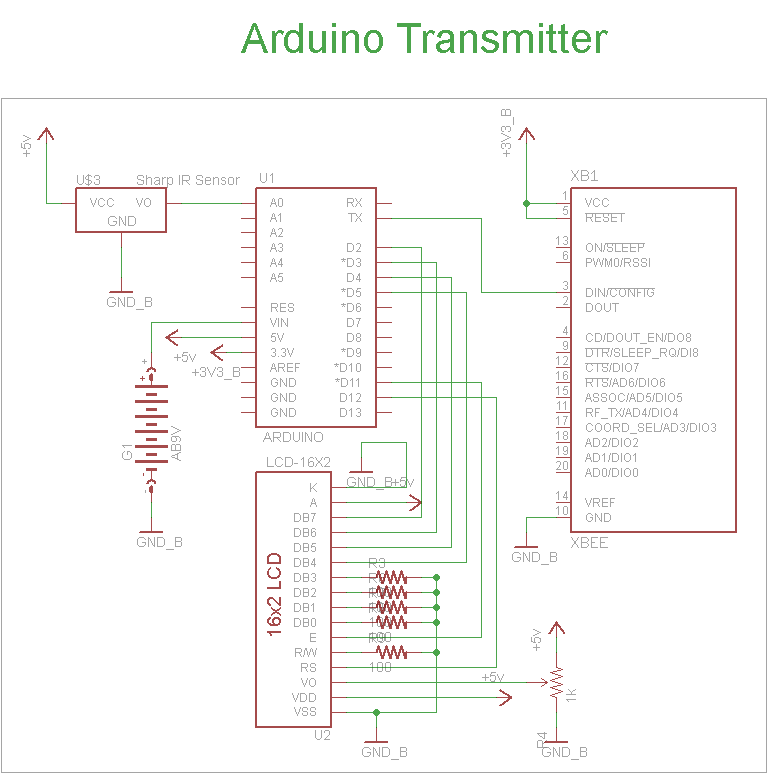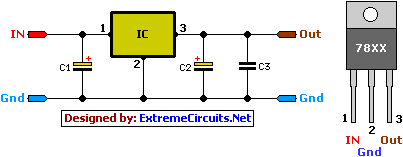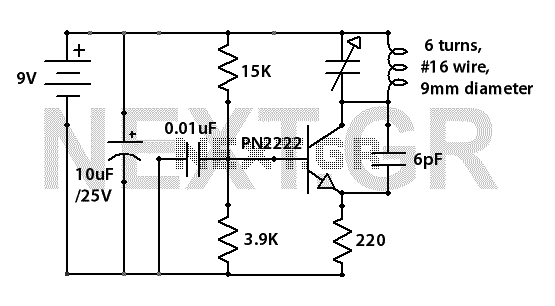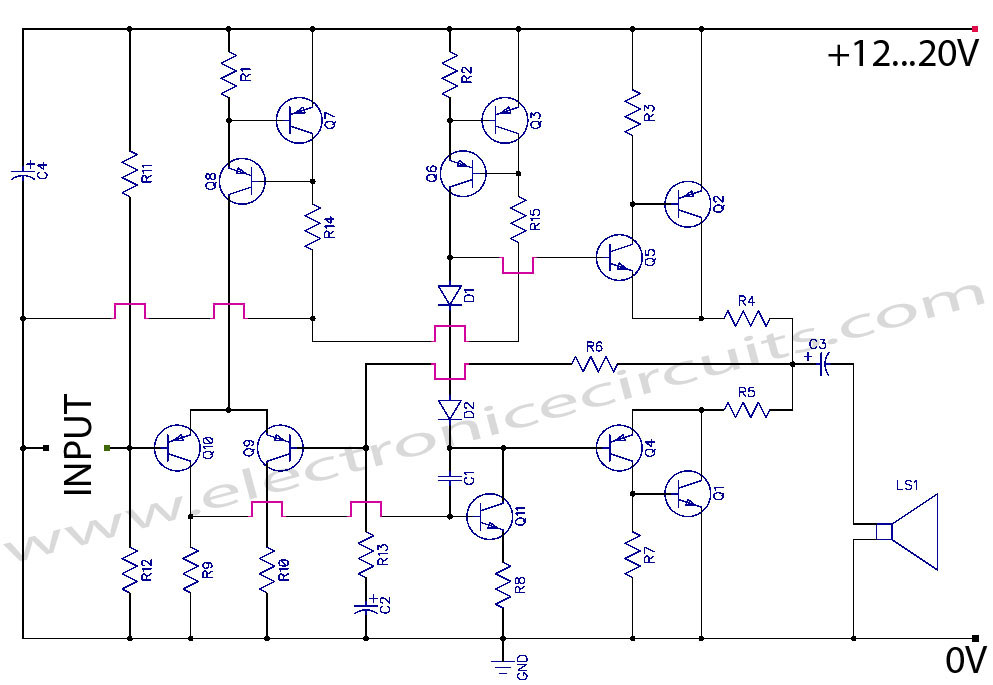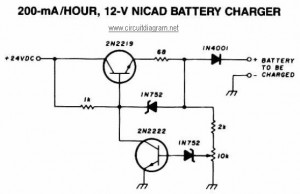
Wireless Power Charger Schematic
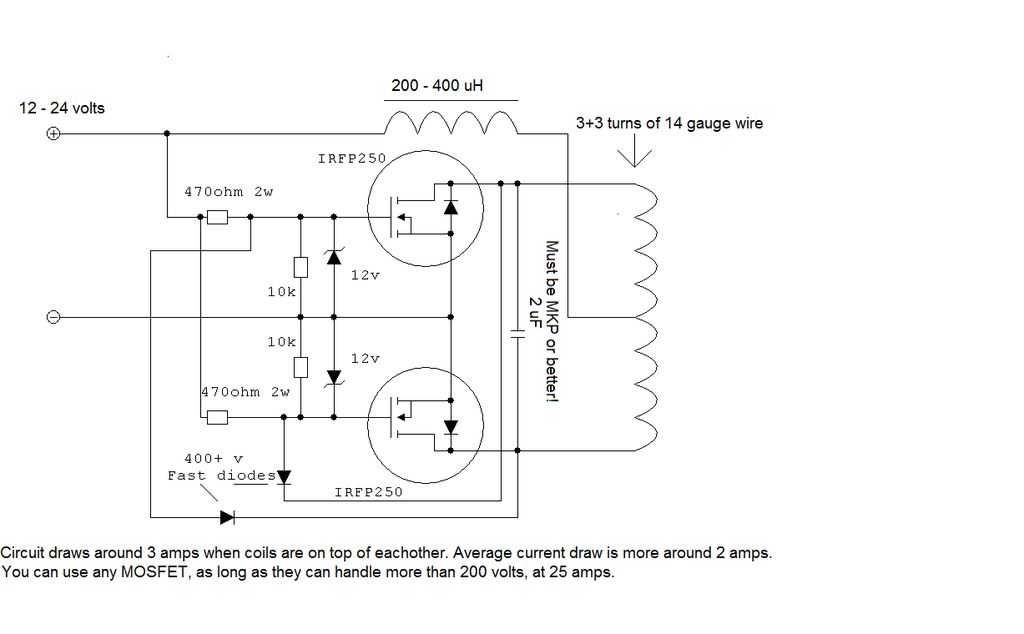
To construct the circuit, follow the provided schematic. If assistance is required, do not hesitate to reach out for support. If there are difficulties in identifying the components...
To build the circuit effectively, it is essential to adhere closely to the provided schematic diagram. This diagram serves as a visual guide, illustrating the connections between various components, including resistors, capacitors, diodes, and integrated circuits. Each component is labeled with its respective value and designation, ensuring clarity during assembly.
Begin by gathering all necessary components as indicated in the schematic. It is advisable to organize them systematically to streamline the assembly process. Pay attention to the orientation of polarized components, such as electrolytic capacitors and diodes, as incorrect placement can lead to circuit malfunction.
Once the components are prepared, start with the placement of the smallest components, typically resistors and small capacitors, onto the circuit board. This approach allows for easier handling and minimizes the risk of damaging larger components. Secure each component in place with solder, ensuring solid connections while avoiding cold solder joints.
After all components are soldered, inspect the circuit for any potential errors, such as misplaced components or solder bridges. A multimeter can be employed to test continuity and verify that connections are correct. Once the inspection is complete, power up the circuit gradually, monitoring for any unusual behavior.
In case of difficulties in identifying components or troubleshooting issues, consulting the schematic again or reaching out for assistance from knowledgeable sources can be beneficial. Proper documentation and a methodical approach will greatly enhance the likelihood of successful circuit assembly and functionality.To build it, just follow the schematic as shown. (If you need help, please, do not hesitate to message me!) If you`re having trouble identifying the.. 🔗 External reference
To build the circuit effectively, it is essential to adhere closely to the provided schematic diagram. This diagram serves as a visual guide, illustrating the connections between various components, including resistors, capacitors, diodes, and integrated circuits. Each component is labeled with its respective value and designation, ensuring clarity during assembly.
Begin by gathering all necessary components as indicated in the schematic. It is advisable to organize them systematically to streamline the assembly process. Pay attention to the orientation of polarized components, such as electrolytic capacitors and diodes, as incorrect placement can lead to circuit malfunction.
Once the components are prepared, start with the placement of the smallest components, typically resistors and small capacitors, onto the circuit board. This approach allows for easier handling and minimizes the risk of damaging larger components. Secure each component in place with solder, ensuring solid connections while avoiding cold solder joints.
After all components are soldered, inspect the circuit for any potential errors, such as misplaced components or solder bridges. A multimeter can be employed to test continuity and verify that connections are correct. Once the inspection is complete, power up the circuit gradually, monitoring for any unusual behavior.
In case of difficulties in identifying components or troubleshooting issues, consulting the schematic again or reaching out for assistance from knowledgeable sources can be beneficial. Proper documentation and a methodical approach will greatly enhance the likelihood of successful circuit assembly and functionality.To build it, just follow the schematic as shown. (If you need help, please, do not hesitate to message me!) If you`re having trouble identifying the.. 🔗 External reference
